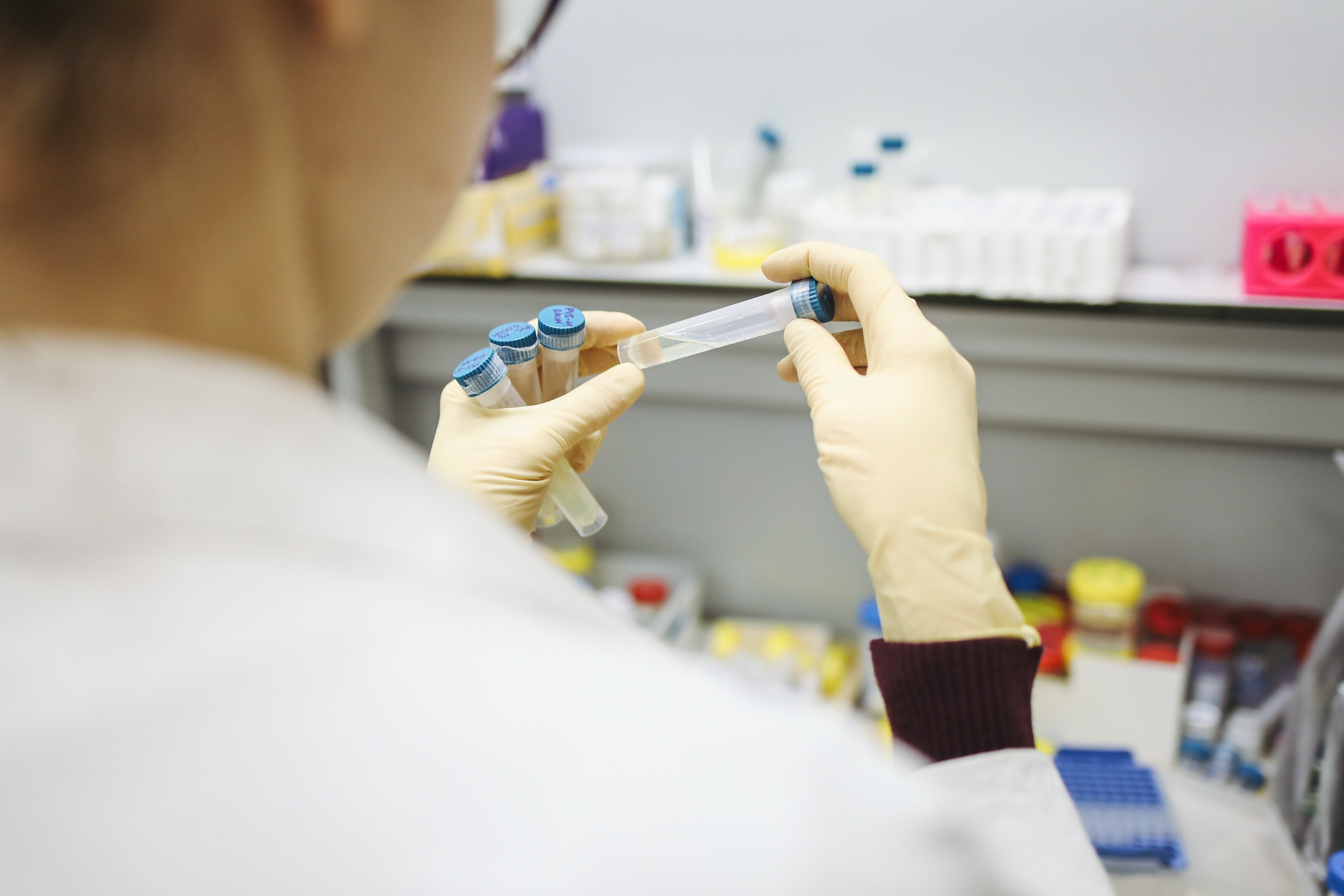Can I receive alerts from my cold storage sensors?

Facilities can receive alerts from cold storage monitoring sensors by utilizing IoT technology. With IoT-enabled cold storage sensors, teams can receive alerts and monitor refrigerators and freezers in real time, 24/7. No more guessing games or crossing your fingers and hoping for the best when it comes to storing biomaterials!
This data also provides invaluable insight into a lab’s physical variables that may impact the reliability of cold storage. Armed with such insights, teams can make more informed decisions about optimizing facilities and avoiding costly spoilage or sample degradation.
Keep reading to find out how it all works and how to choose the right cold storage alert monitoring system for your facility’s unique needs.
What is a temperature monitoring system in cold storage?
A temperature monitoring system in cold storage uses sensors to keep track of the temperature, which it sends to a computer or mobile device. If the temperature starts to go too high or too low, the system will sound an alarm or send an alert to let you know that something's not right.
However, a high-quality temperature monitoring system will offer more than just a basic and panicked “INCREASING TEMPERATURE LEVELS!” alert. For example, the cold storage monitoring technology offered by Elemental Machines provides a comprehensive alerting system with benefits like:
- Temperature alerts when temperatures of any asset fall out of range, suggesting a malfunction or equipment failure.
- Power failure alerts that indicate potential power outages or equipment failures in monitored assets.
- Detailed alert messages that exactly explain what is happening, like “Refrigerator #9’s door has been open for six minutes” or “Freezer temperature out of range at -60° C.”
- Customizable alert settings allow teams to create custom alert notifications for specific metrics, such as asset malfunctions or power failures. Folks can also pause alerts for specific assets when needed, like when someone is defrosting a freezer or relocating cold storage equipment.
- SMS, voice, app, and email notification options, so everyone can stay updated on the status of critical assets while away from a computer.
- Claim and escalate alerts, so teams can assign specific members to issues and escalate them if necessary for prompt resolution.
While monitoring and alerting systems are critical for safeguarding the quality of products in cold storage, they are just one piece of the puzzle. In addition to alerts, there are a variety of tools used to monitor the entire cold chain, from production to distribution and storage.
What are the tools for monitoring the cold chain?
The most common cold chain temperature monitoring devices include temperature data loggers and wireless IoT temperature sensors. Each has different abilities and features, so let’s examine both below in a hypothetical example.
Imagine a company transporting a vaccine shipment from a pharmaceutical factory to a testing facility. The biggest question on the team’s mind is, “How do you maintain a cold chain of vaccines and ensure the vaccines remain viable?” Before shipping the vaccines, the team looks into temperature data loggers and wireless IoT sensors to see which would work best.
- Data loggers are standalone devices that record temperature data at regular intervals and store it internally. With data loggers, the team has to physically retrieve the devices from the vaccine packages to obtain temperature readings. This process is time-consuming and may result in temperature fluctuations if the packages are opened frequently. But perhaps the most frustrating aspect of data loggers is that they can only provide historical data, making them about as helpful as a screen door on a submarine when it comes to real-time alerting. It's like trying to predict the weather with a Farmer's Almanac from 200 years ago—it's interesting to know, but not exactly helpful for avoiding a sudden rainstorm.
- Wireless IoT temperature sensors, on the other hand, are part of a larger network that sends data to a central hub or cloud-based platform for real-time monitoring and analysis. This technology allows the vaccine shipping team to continuously observe package temperatures from anywhere with an internet or cellular data connection. They would be able to rapidly identify and correct any temperature deviations, making sure the vaccines stay in tip-top shape. Unlike data loggers, aka the Farmer’s Almanacs of temperature sensing, IoT sensors are like modern weather apps, delivering the most up-to-date information 24/7.
After carefully considering both options, the team eventually goes with IoT sensors. Their ultimate decision to implement IoT sensors for cold chain monitoring in vaccine shipments instills confidence in the viability of the vaccines, with the added benefit of real-time alerts in case of any issues.
What monitoring equipment can we use to monitor temperature?
With Elemental Machines, you can keep tabs on your asset temperatures in real time and receive instant alerts from anywhere at any time. The Elemental Machines platform gives you the power to:
- Optimize equipment decisions with usage data to balance capital and operating resources.
- Take swift actions with contextual alerts to address issues immediately.
- Integrate data with any QMS for streamlined workflows.
- Reduce waste and overcome regulatory obstacles with self-guided quality checkpoints at critical stages in research or manufacturing operations.
- Rest easy, knowing your assets are protected round the clock.
Elemental Machines provides assurance that a lab is in good hands, even when physical presence is not possible. When you’re ready to transform your facilities into a connected hub of valuable data, click here to schedule a demo.
Never miss a beat...
Subscribe to our bi-monthly EM Connect Newsletter to stay up-to-date on all things LabOps, biotech, and more!